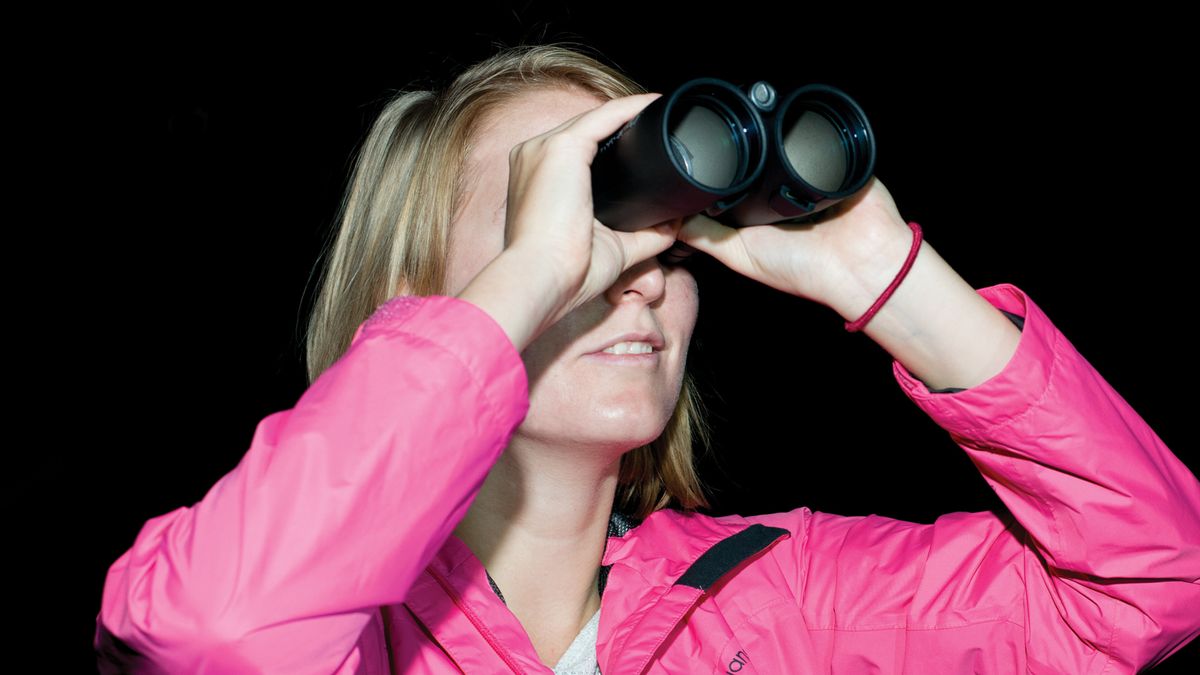Best Telescopes for Adults: Which Should You Choose?
When delving into the world of best telescopes for adults, many aspiring astronomers and professional photographers find themselves filled with excitement and anticipation. Choosing the right telescope can enhance your experience whether you are looking to capture stunning celestial images or simply enjoy the night skys beauty.
This article will guide you through the essential factors to consider when selecting the best telescopes for adults, focusing on remarkable features that cater to professional photography. With the right information, you will be empowered to make a choice that will perfectly suit your needs.

Why Telescopes Are Essential for Astronomy Enthusiasts
Telescopes provide an essential link to the universe beyond our world. They open up a view into the cosmos, allowing for a closer look at galaxies, nebulae, planets, and other celestial wonders. For professional photographers, the right telescope can be the difference between an average photo and a breathtaking capture that tells a story.
Indeed, having a high-quality telescope can elevate your photography skills, offering you opportunities for stunning astrophotography. However, not all telescopes are created equal; understanding the different options available is crucial.
Key Features to Look for in the Best Telescopes for Adults
When selecting a telescope, consider features that directly impact your photographic capabilities and overall experience. Here are the most critical aspects to keep in mind:
1. Aperture Size
The aperture size is the diameter of the telescope's main lens or mirror. A larger aperture allows more light to enter, which is essential for capturing faint celestial objects. For professional astrophotographers, an aperture of 4 inches (100 mm) or larger is recommended. This ensures you can capture detailed images of distant galaxies and nebulas.
2. Mount Type
The stability and ease of use of a telescope heavily depend on its mount type. The two most common mounts are altazimuth and equatorial. An equatorial mount is preferred for astrophotography because it can track celestial objects as they move across the night sky.
3. Focal Length
The focal length of a telescope determines its magnifying power and field of view. A longer focal length provides higher magnification, which is beneficial for photographing planets. However, it may reduce the field of view, making it challenging to capture wider astrophysical phenomena.
4. Portability
For photographers who love adventure, the telescope's portability is crucial. Compact telescopes are easier to transport to remote locations, enabling you to take your equipment to sites with less light pollution.
Top 5 Best Telescopes for Adults
In the following sections, we will explore some of the top options available for adults interested in photography.
1. Celestron AstroMaster 70AZ Telescope
The Celestron AstroMaster 70AZ is an excellent choice for those looking for a user-friendly option with quality performance. The 70 mm aperture provides bright images, making it a great telescope for beginners and professionals alike.
Its simple assembly means you can start using it right away. Plus, it has an adjustable mount thats useful for nighttime photography.
2. Sky-Watcher ProED 100mm Doublet Apo Refractor
This telescope is exceptional for astrophotography, offering a large objective lens for light-gathering capability. The doublet lens design means reduced chromatic aberration and improved image clarity. Professional photographers will appreciate its robust construction for serious exploration.
3. Orion SkyQuest XT8 Classic Dobsonian Telescope
The Orion SkyQuest XT8 features an 8-inch aperture, allowing significant light collection. Its Dobsonian base ensures superb stability, even with larger accessories. Its ease of use makes it ideal for both tracking and photography in a wide range of scenarios.
4. Meade Instruments 215004 StarNavigator 102
Featuring a 102 mm aperture and a user-friendly interface, this telescope is well-suited for beginners and seasoned photographers. With its computerized mount, you can easily locate and photograph celestial objects.
5. Zhumell Z12 Deluxe Dobsonian Reflector Telescope
The Zhumell Z12 features a 12-inch aperture, providing outstanding detail in images. It comes with a sturdy structure, ease of use, and an affordable price, making it ideal for photographers looking to balance quality and budget.
Tips for Astrophotography: Making the Most of Your Telescope
Beyond just investing in the best telescopes for adults, here are some expert tips for getting stunning photographs:
1. Use a Good Camera Adapter
Invest in a quality camera adapter that connects your DSLR or mirrorless camera to your telescope. This setup allows for precise captures and significantly enhances the quality of your astrophotography.
2. Choose the Right Lens
When shooting through a telescope, the choice of camera lens can drastically impact your results. Test various lenses to assess which works best with your telescope's specifications.
3. Master the Nighttime Conditions
Understanding how atmospheric conditions affect your photography is crucial. Clear skies and minimal atmospheric turbulence are ideal for capturing stunning celestial images. Plan your sessions around moon phases and weather patterns for the best results.
FAQs
1. What is the best telescope for beginner astrophotography?
The Celestron AstroMaster 70AZ is a highly recommended choice for beginners due to its easy setup and user-friendly features.
2. Can I use a telescope for terrestrial photography?
Yes, many telescopes can also be adapted for terrestrial photography, but you should check if the design supports wide views.
3. How important is the mount type for astrophotography?
The mount type significantly affects tracking capabilities. An equatorial mount is highly recommended to ensure that celestial objects remain centered during long exposure shots.
For further information, you can refer to NASA's guide on telescopes and explore our articles on best telescopes for astrophotography and best telescopes for deep space. Additionally, you can learn more about telescope types.

